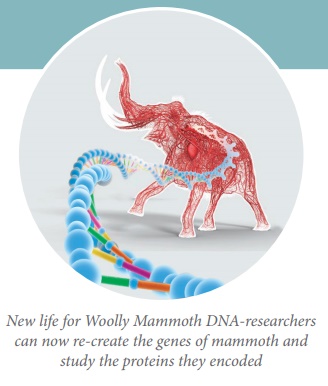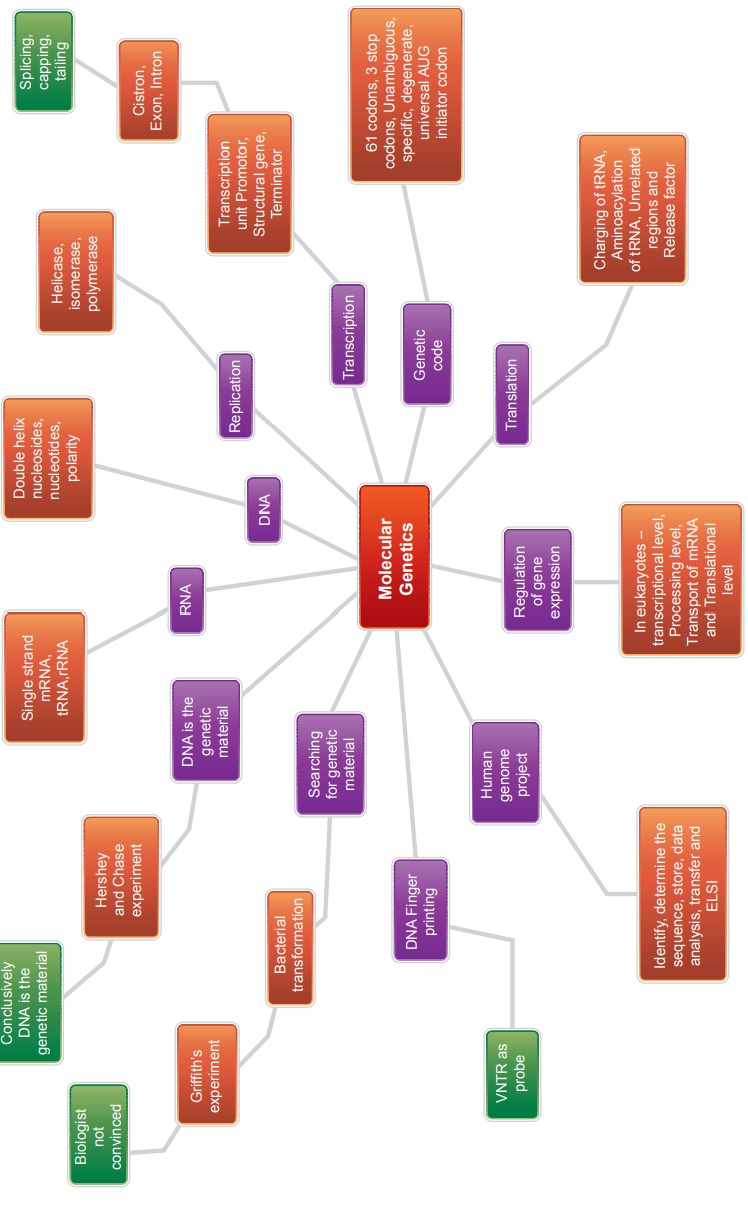Zoology - Molecular Genetics | 12th Zoology : Chapter 5 : Molecular Genetics
Chapter: 12th Zoology : Chapter 5 : Molecular Genetics
Molecular Genetics
Molecular
Genetics
Mendel’s theory
dispelled the mystery of why traits seemed to appear and
disappear magically from one generation to the next. Mendel’s work reveals the
patterns of heredity and reflect the transmission of evolved information from
parents to offspring. This information is located on the chromosomes. One of
the most advanced realizations of human
knowledge was that
our unique characteristics are
encoded within molecules of DNA. The discovery that DNA is the genetic material
left several questions unanswered. How is the information in DNA used?
Scientists now know that DNA directs the construction of proteins. Proteins
determine the shapes of cells and the rate of chemical reactions, such as those
that occur during metabolism and photosynthesis. The hereditary nature of every
living organism is defined by its genome, which consists of a long sequence of
nucleic acids that provide the information needed to construct the organism.
The genome contains the complete set of hereditary information for any
organism. The genome may be divided into a number of different nucleic acid
molecules. Each of the nucleic acid molecule may contain large number of genes.
Each gene is a sequence within the nucleic acid that represents a single
protein. In this chapter we will discuss the structure of DNA, its replication,
the process of making RNA from DNA (transcription), the genetic code that
determines the sequence of amino acid in protein synthesis (translation),
regulation of gene expression and the essentials of human genome sequencing.


Related Topics